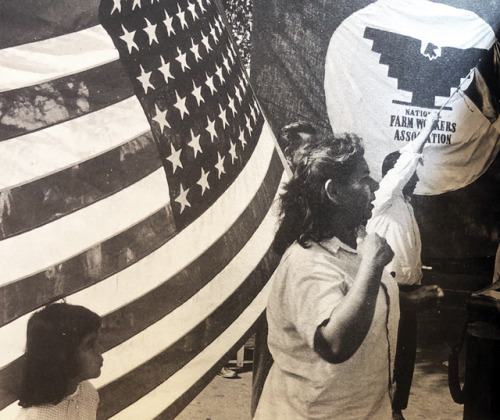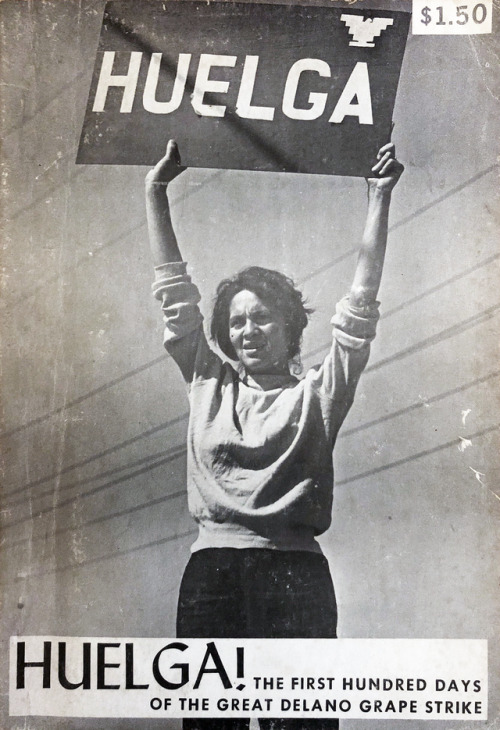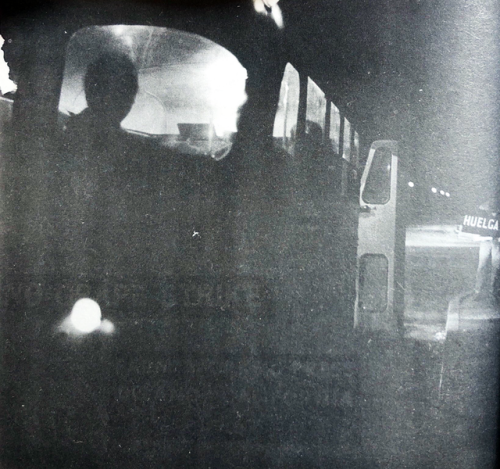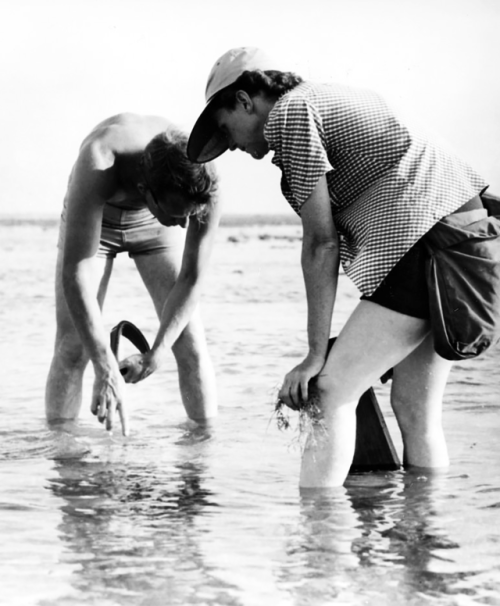


June 5, 1981: The CDC Morbidity and Mortality Weekly Report identifies strange cases of pneumonia in gay men in Los Angeles, later recognized as the first report of the AIDS crisis.
First there were five: Each of the men were in their late twenties to thirties, three of them “previously healthy,” and each had come down with what the CDC said was Pneumocystis pneumonia, caused by Pneumocystis carinii. This was odd. “You only got Pneumocystis when something had kicked the bottom out of your natural immunities,” wrote Randy Shilts in And The Band Played On, the definitive chronicle of the public health crisis that unraveled over the next decades.
Something had been lurking in the gay communities of cities from Los Angeles to San Francisco to New York. Diseases like toxoplasmosis, Kaposi’s sarcoma, and infections via cytomegalovirus and P. carinii, were felling perfectly healthy adults, as if they had suddenly become long-suffering cancer patients. Doctors had observed these seemingly disparate cases for years and, though these men had one thing in common - that is, that they were gay - a few observations of pneumonia or cancer could not be deemed an epidemic. Before the disease was named or its virus identified, it was speculated that this might be something environmental or ‘lifestyle’ related, like tainted poppers.
Michael S. Gottlieb, a young immunologist at UCLA, and Wayne Shandera, a CDC field investigator based in Los Angeles, had been studying such cases. In April 1981 Gottlieb had phoned Shandera to discuss his patients, these gay men suffering from pneumonia, and they agreed—not on what it was, exactly, but that it was odd.
These patients “in some fashion… were immunosuppressed,” Shandera observed, but what he observed made him think not of young men in their physical primes but “of cancer patients… children with lymphocytic leukemia,” and even “starvation victims after World War II.”
The doctors decided that these findings and their explosive potential were too pressing to put through a lengthy academic peer review process. They turned instead to the CDC’s Morbidity and Mortality Weekly Report, which was not a formal academic journal but a quick, time-sensitive digest. Later that year Gottlieb would publish an official article in The New England Journal of Medicine; for now, the imperative was to get the word out.
The MMWR was widely distributed throughout the American medical community—whatever vital update appeared in the latest issue was immediately discussed across the country by doctors, researchers, hospitals, health departments, public health policymakers.
In the June 5, 1981 issue, under “Epidemiological Notes and Reports,” and following a dispatch about Dengue fever in Caribbean tourists, a brief and unsensational bulletin appeared. The title dryly read “Pneumocystis Pneumonia — Los Angeles.”
Between October 1980 and May 1981, the MMWR reported, “five men aged 29-36 had been “treated for biopsy-confirmed Pneumocystis carinii pneumonia at 3 different hospitals in Los Angeles, California.” Two of the men had died. The report noted briefly that all of the men were “active homosexuals,” but also that none of them knew each other or any of the same people. The report did not speculate on what any of this meant. It was the first official inscription in the timeline of the AIDS crisis.
The relationship between the medical establishment and a gay community emerging, for the first time, from secrecy and shame, remained complicated. The CDC did not want to report the potential outbreak as a “gay epidemic,” for fear of both alienating the communities and of stoking prejudice and hysteria against them. Shandera insisted that he knew that “the Centers for Disease Control, because it was infecting gay men, put [the report] on the second page of MMWR.”
This tentative first report alerted the wider medical community to this mysterious outbreak. The CDC quickly assembled a task force, always aware of, accounting for, and constrained by the fact that the new Reagan administration had vowed to dramatically carve up the federal budget.
Researchers first called the disease GRID (gay-related immune deficiency), and by 1982 it was, alternatively, AID (acquired immunodeficiency disease). In 1982 a presidential spokesperson responded to a journalist’s inquiry (“…does the President have any reaction to the announcement – the Center for Disease Control in Atlanta, that AIDS is now an epidemic and [has] over 600 cases?”) that, to his knowledge, no one in the White House knew about an AIDS epidemic. Between June 1 and September 1982, the CDC received reports of nearly 600 cases of what, by late 1982, it officially referred to as AIDS.

























































































